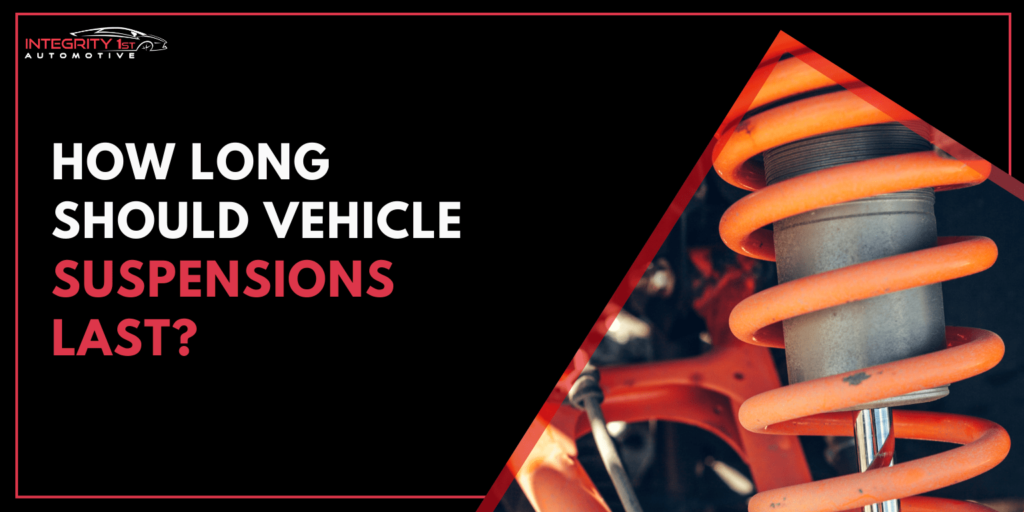From bumpy rides to clunking sounds, we share some tell-tale warning signs to let you know if your vehicle’s suspension has gone bad.
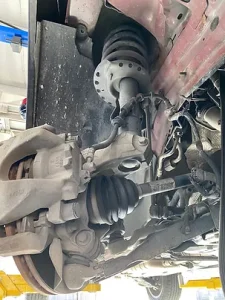
What Are Vehicles Suspensions?
Suspensions are what connect the body of your car to the wheels. They impact driving performance and create comfortable rides when going over bumps and road imperfections. Scroll below for a cheat cheat of all the main components making up your suspension. These work with your wheels and tires and they control how your car handles the road.

1) You’re Having Bumpy Rides
2) Your Car Is “Nose-Diving” Or “Squatting”

3) Is Your Car Leaning To One Side?
If you park your vehicle, walk outside and stand directly in front or behind the vehicle, and see that one side is leaning lower than the other side on level ground – that’s a sign of suspension damage. The situation is concerned urgent if a Clunking noise is accompanied while driving over bumps; your springs are failing to support the weight of your vehicle.

4) Has steering been Getting Harder?
If you find yourself putting extra effort to steer your vehicle, especially feeling the steering wheel slipping when turning, this could be a tell-tale sign of a suspension or wheel alignment issue.
5) Your Tires Have Uneven Wear
The suspension acts to create an equilibrium with the weight of your vehicle. If your suspension components get worn out or damaged, your suspension’s ability to manage the weight of your vehicle evenly is affected and one of the first indications of this would be observing uneven tire wear. In other words, one or two of your tires may be taking the brunt of the weight and have significant wearing, while the other tires have significantly less wear.
6) Check Your Ball Joints!
Check your ball joints at least twice a year or whenever your car is inspected as they do wear out with time and can cause your car to wander while driving down the road. It is very dangerous if the ball joints separate as you would lose complete control of your vehicle. Ball joints should be regularly inspected and lubricated.
Suspension Component Cheat Sheet
COMPONENT | IMAGE | DESCRIPTION | LIFESPAN |
COIL SPRINGS | 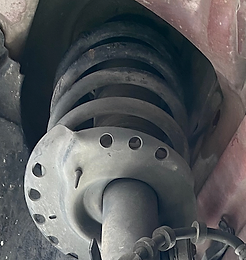 | Absorb the impact of hitting a pothole or a bump. Made of steel and are meant to last the car’s lifetime. | Meant to last the car’s lifetime |
SHOCK ABSORBERS/ DAMPERS | 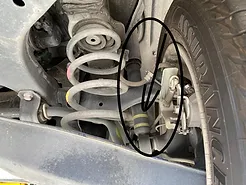 | Support the springs and reduce motion. Tend to sway back and forth. | 60-75,000 Miles |
STRUTS |  | These connect the wheels to the rest of the suspension system by combining the spring and damper into one unit | Around 70,000 Miles |
CONTROL ARMS | 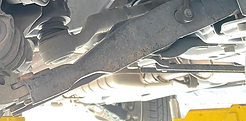 | Define the range of motion of the wheels | 50-80,000 Miles |
BALL JOINTS |  | Enables turning and up and down motion, allow movement in two dimensions. | 70,000 Miles |
Proven Tips To Keep Your Vehicle’s Suspension Components Healthy
Take it easy on the road
Sudden braking, or braking at high speeds produces unnecessary wear on your shocks and struts. The best practice is to opt for highway driving as much as possible, avoid slamming the brakes, and when forced to hit the brakes – do so gently.
Respect the speed bump
Speed bumps can wreak havoc on suspension components. They are designed to punish vehicles that fail to obey speed limits; slow down significantly and try to go over speed bumps no faster than 10-20mph.
Heavy Loads are Bad
Do not overload your vehicle unless necessary. The extra weight gives your suspension components a run for their money – and when done so regularly, they will inevitably wear down quicker than intended.
WE LOVE OFF-ROADING TOO, BUT BE CAREFUL



